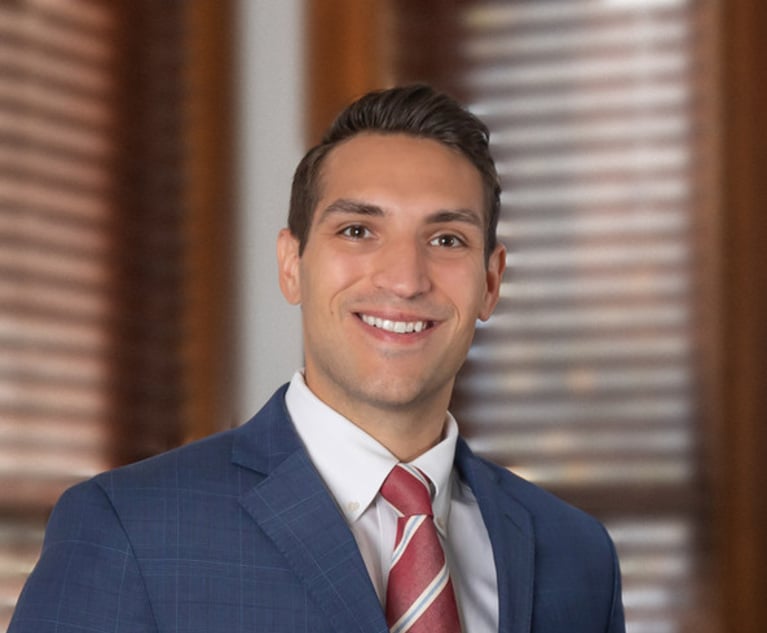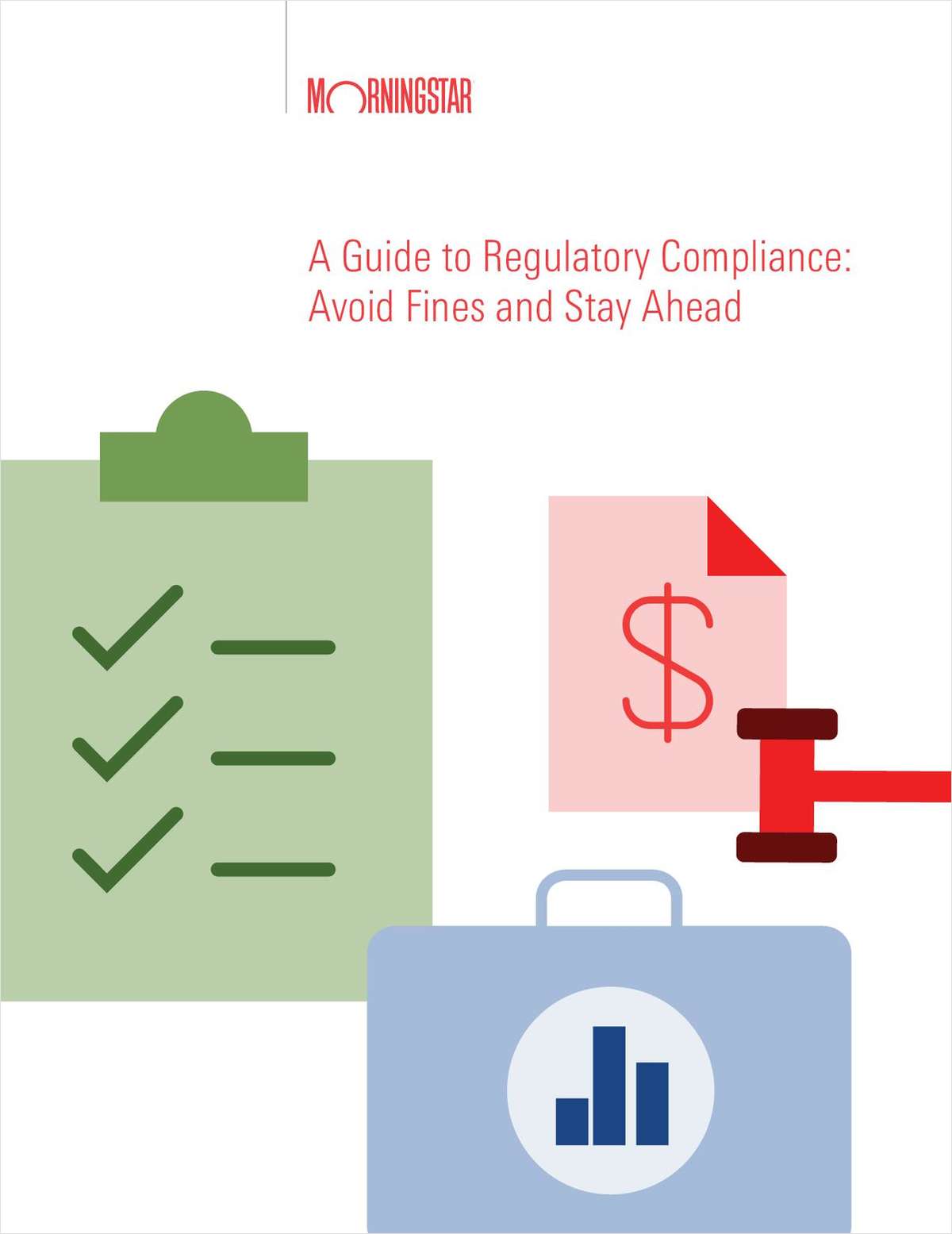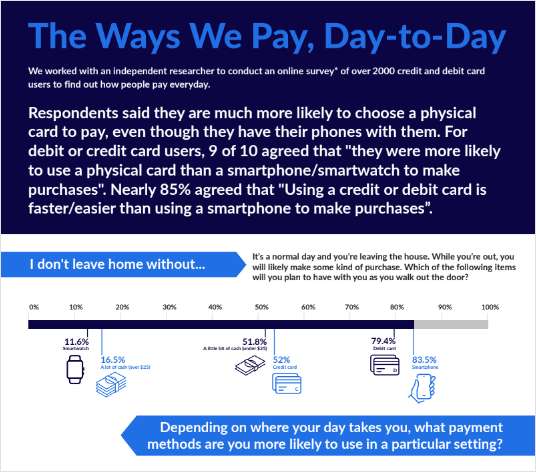Kudos to Supreme Court on Jury Selection Task Force
We are proud to report that in State v. Holmes, the Supreme Court invites us to take a closer look at how juries are selected, or perhaps to be more accurate, at how individual jurors are rejected.
January 03, 2020 at 03:20 PM
6 minute read

We are proud to report that in the recent decision, State v. Holmes, 334 Conn. 202 (2019), the Supreme Court invites us to take a closer look at how juries are selected, or perhaps to be more accurate, at how individual jurors are rejected. The court used this case to announce a Jury Selection Task Force comprised of "relevant stakeholders in the criminal justice and civil litigation communities to study the issue of racial discrimination in the selection of juries, consider measures intended to promote the selection of diverse jury panels and to propose necessary changes, to be implemented by court rule or legislation, to the jury selection process." To appreciate the significance of this new enterprise, a little background is necessary.
In 1986, the U.S. Supreme Court held in Batson v. Kentucky, 476 U.S. 79, that it is a violation of the Equal Protection Clause of the Fourteenth Amendment to use a peremptory challenge during jury selection to remove a potential juror because of race. The court explained that it established this rule because discrimination in jury selection on grounds of race "causes harm to the litigants, the community, and the individual jurors who were wrongfully excluded from participation in the judicial process." Then in 2002, 2005, and 2008, building on Batson, the court issued a series of opinions reminding appellate courts that they are required to conduct a comparative analysis of jurors selected and rejected in the same case. And in the 2016 decision Foster v. Chatman, the U.S. Supreme Court reinforced the need for careful scrutiny of prosecutors' peremptory strike decisions by finding a Batson violation even though only some of the prosecution's reasons for its strikes were pretextual.
But Batson itself left it to states and lower federal courts to determine "how best to implement [the] holding" and "to formulate particular procedures to be followed upon a defendant's timely objection to a prosecutor's challenges." A number of state appellate courts have responded to the challenge by experimenting with new ways to strengthen the Batson framework. In a 2017 decision the Supreme Court of Washington adopted a rule that "the trial court must recognize a prima facie case of discriminatory purpose when the sole member of a racially cognizable group has been struck from the jury," emphasizing its ongoing concern that the court's "Batson protections are not robust enough to effectively combat racial discrimination during jury selection." City of Seattle v. Erickson, 188 Wash. 2d 721, 733-34 (2017). Then in 2018, the Washington court took further action, using its rulemaking authority to issue a first-of-its-kind rule that goes beyond Batson by eliminating the requirement to show purposeful discrimination. Instead, the new rule disallows a strike if "an objective observer could view race or ethnicity as a factor." Washington General Rule 37. The rule defines an "objective observer" as a person who is aware of "implicit, institutional, and unconscious biases." The Washington rule recognizes implicit bias and presumes that a strike is invalid when the explanation for its use lists reasons that have often been accepted by courts but correlate strongly with race, such as prior contact with law enforcement, distrust of law enforcement due to racial profiling, living in a high-crime neighborhood, or having an objectionable demeanor.
In Nevada, the state Supreme Court reversed four cases in just four years on Batson grounds after detecting a pattern concerning jury selection practices that did not involve only blatant or explicit discrimination. Rather, the Nevada decisions reversed convictions even when the Batson violations were not revealed by explicitly racist or biased statements, but rather following a closer look by the court at records that demonstrated that prosecutors accepted certain characteristics in white jurors while simultaneously relying on those same attributes to justify striking minority jurors.
And in a 2017 decision, the District of Columbia Court of Appeals held that it was error for a trial court to excuse a black venire woman for cause simply because she believed the criminal justice system has a systemic bias against black men. The court reversed the judgment because, in part, it would actually be beneficial to the deliberative process to include jurors who "doubt the racial fairness of the criminal justice system," a subject the court described as an "important matter of legitimate public debate." Mason v. United States, 170 A.3d 182, 188-89 (D.C. 2017).
State appellate courts must not hesitate to reexamine their jurisprudence and consider carefully the proper application of Batson in light of the persistence of peremptory strike discrimination and the changing nature of racial bias. This may require courts to identify new ways to consider evidence of racial bias. As we opened this editorial, we are proud that Connecticut has picked up the gauntlet. In its announcement of a Jury Selection Task Force, the court recognized that it's time for Connecticut to follow these other jurisdictions. The need for a closer examination of bias and how we identify and respond to it with greater scrutiny and bold solutions was echoed in the concurrence by Justice Mullins joined by Justice D' Auria.
Mindful of our constitutional right to individual voir dire pursuant to article first, § 19, of the Connecticut Constitution, as amended by article IV of the amendments, the task force will no doubt meet with some resistance by certain segments of the bar. We expect the suggestion in the concurring opinion to restrict the number of peremptory challenges afforded to prosecutors to be greeted with opposition. But the probability that this task force is going to have its work cut out for it is all the more reason to embrace the opportunity to revive the promise of Batson by addressing the problem of implicit bias in the courtroom and thus to further safeguard the integrity of our court system.
We hope that the task force is comprised of individuals from the affinity bar associations and attorneys who have been on the front lines to witness and experience discrimination firsthand. Its work will be open to the public. Finally, we encourage the task force to recognize that the problem of discrimination in jury selection extends beyond race to other areas where the Batson framework has been ineffective in addressing the impact of bias on jury selection, including ethnicity, gender and religious affiliation.
This content has been archived. It is available through our partners, LexisNexis® and Bloomberg Law.
To view this content, please continue to their sites.
Not a Lexis Subscriber?
Subscribe Now
Not a Bloomberg Law Subscriber?
Subscribe Now
NOT FOR REPRINT
© 2025 ALM Global, LLC, All Rights Reserved. Request academic re-use from www.copyright.com. All other uses, submit a request to [email protected]. For more information visit Asset & Logo Licensing.
You Might Like
View All
Patent Disputes Over SharkNinja, Dyson Products Nearing Resolution

Judge Slashes $2M in Punitive Damages in Sober-Living Harassment Case

DC Judge Rules Russia Not Immune in Ukrainian Arbitration Award Dispute
2 minute readTrending Stories
- 1A Top Connecticut Lawyer Has Resigned
- 2Just Ahead of Oral Argument, Fubo Settles Antitrust Case with Disney, Fox, Warner Bros.
- 3Best Practices for Adopting and Adapting to AI: Mitigating Risk in Light of Increasing Regulatory and Shareholder Scrutiny
- 4FOMO Run Amok? Resolve of Firms Chasing AI Dreams Tested by Sky-High Costs
- 5Sam Butler, Longtime Cravath Presiding Partner, Dies at 94
Who Got The Work
Michael G. Bongiorno, Andrew Scott Dulberg and Elizabeth E. Driscoll from Wilmer Cutler Pickering Hale and Dorr have stepped in to represent Symbotic Inc., an A.I.-enabled technology platform that focuses on increasing supply chain efficiency, and other defendants in a pending shareholder derivative lawsuit. The case, filed Oct. 2 in Massachusetts District Court by the Brown Law Firm on behalf of Stephen Austen, accuses certain officers and directors of misleading investors in regard to Symbotic's potential for margin growth by failing to disclose that the company was not equipped to timely deploy its systems or manage expenses through project delays. The case, assigned to U.S. District Judge Nathaniel M. Gorton, is 1:24-cv-12522, Austen v. Cohen et al.
Who Got The Work
Edmund Polubinski and Marie Killmond of Davis Polk & Wardwell have entered appearances for data platform software development company MongoDB and other defendants in a pending shareholder derivative lawsuit. The action, filed Oct. 7 in New York Southern District Court by the Brown Law Firm, accuses the company's directors and/or officers of falsely expressing confidence in the company’s restructuring of its sales incentive plan and downplaying the severity of decreases in its upfront commitments. The case is 1:24-cv-07594, Roy v. Ittycheria et al.
Who Got The Work
Amy O. Bruchs and Kurt F. Ellison of Michael Best & Friedrich have entered appearances for Epic Systems Corp. in a pending employment discrimination lawsuit. The suit was filed Sept. 7 in Wisconsin Western District Court by Levine Eisberner LLC and Siri & Glimstad on behalf of a project manager who claims that he was wrongfully terminated after applying for a religious exemption to the defendant's COVID-19 vaccine mandate. The case, assigned to U.S. Magistrate Judge Anita Marie Boor, is 3:24-cv-00630, Secker, Nathan v. Epic Systems Corporation.
Who Got The Work
David X. Sullivan, Thomas J. Finn and Gregory A. Hall from McCarter & English have entered appearances for Sunrun Installation Services in a pending civil rights lawsuit. The complaint was filed Sept. 4 in Connecticut District Court by attorney Robert M. Berke on behalf of former employee George Edward Steins, who was arrested and charged with employing an unregistered home improvement salesperson. The complaint alleges that had Sunrun informed the Connecticut Department of Consumer Protection that the plaintiff's employment had ended in 2017 and that he no longer held Sunrun's home improvement contractor license, he would not have been hit with charges, which were dismissed in May 2024. The case, assigned to U.S. District Judge Jeffrey A. Meyer, is 3:24-cv-01423, Steins v. Sunrun, Inc. et al.
Who Got The Work
Greenberg Traurig shareholder Joshua L. Raskin has entered an appearance for boohoo.com UK Ltd. in a pending patent infringement lawsuit. The suit, filed Sept. 3 in Texas Eastern District Court by Rozier Hardt McDonough on behalf of Alto Dynamics, asserts five patents related to an online shopping platform. The case, assigned to U.S. District Judge Rodney Gilstrap, is 2:24-cv-00719, Alto Dynamics, LLC v. boohoo.com UK Limited.
Featured Firms
Law Offices of Gary Martin Hays & Associates, P.C.
(470) 294-1674
Law Offices of Mark E. Salomone
(857) 444-6468
Smith & Hassler
(713) 739-1250











